
 The new 540 HC-L crane.
The new 540 HC-L crane.
Leading international crane manufacturer Liebherr has extended its HC-L crane series with the addition of the 540 HC-L 12 fly jib crane.
The new crane is described as being ideal for use on building sites where space is particularly limited, where crane density is high or for work on high-rise buildings.
The HC-L crane series now comprises the 112 HC-L, 160 HC-L, 224 HC-L, 315 HC-L, 540 HC-L 12 and 800 HC-L models.
The 540 HC-L 12 has a slewing circle of only 7.5 m, the lowest in its class, says a spokesman for the company. The 65-m-long jib can be parked off-duty at any angle between 15 and 70 degrees. Due to the steep operating angle provided by HC-L fly jib cranes, they generally need only a lower tower and thus fewer tower sections to reach the same heights as trolley jib cranes.
The 540 HC-L 12 offers a choice of eight different jib lengths in 5-m steps between 30 m and 65 m. At a working radius of 65 m, its load capacity is 4,800 kg. Maximum load capacity at a jib length of 65 m is 12,000 kg. In double-reeved operating mode, the 540 HC-L 12 has a maximum load capacity of 24,000 kg at a jib length of 60 m, he says.
The new fly jib crane packs into small, easily assembled crates with a maximum weight of 11 tonnes each. The complete crane has been designed to be moved by container, which results in considerable advantages for truck transport. The slewing section consists of the slewing platform with ball-bearing slewing ring support, slewing gears, the new cabin and the transmission deck with all the drivelines. At approximately 21.5 tonnes, the transmission deck is the heaviest container, but has been designed in such a way that its weight can be reduced for assembly or disassembly purposes to 10.5 tonnes, according to the spokesman. The 540 HC-L 12 can, therefore, also be taken down by other fly jib or derrick cranes on high-rise building sites.
A new feature of the 540 HC-L is the externally-mounted crane cabin with integral Electronic Monitoring System (EMS), a convenient, comfortable control point for the operator with a perfect view of the building site, he says.
The externally-mounted cabin on the slewing platform is extremely well-equipped, he adds. Insulated against noise and heat, the full-vision cabin contains the complete control centre and offers a convenient work place with an unimpeded view of the load and the building site. The heating and ventilation system functions are integrated into the new comfortable work area, while the operator's seat has a full range of adjustments.
The 540 HC-L 12 is fitted with the EMS and Load Moment Limiting System as standard features, enabling the crane operator to call up all information about load capacity, working radius, lowering depth, load moment as well as warnings and error messages on the LCD display in the cabin. The cabin's has sliding windows on the sides and a hinge-out front window.
When assembling the 540 HC-L 12, 500 HC and 500 HC-L tower sections can also be used. The new universal climbing device is available for both tower systems.
In its basic version, the 540 HC-L 12 is available with either 65 kW or 80 kW slipring-motor hoisting gear or 110 kW hoisting gear with Elmag transmission and eddy current brake. Two- or three-speed FR-Litronic hoisting gear with 65 kW, 90 kW or 110 kW rating is available as an optional extra. The new 110-kW three-speed FR-Litronic hoisting gear permits hook heights of up to 435 m with single reeving. In this version, the hook travels at 240 m/min and thus permits efficient working on high-rise building projects. At the same time, it enables the crane operator to move loads in a jolt-free and precise manner in any speed range, the spokesman explains.
For the jib luffing gear, standard slipring motors of 65 kW, 80 kW or 110 kW rating with eddy current brake are used. The 540 HC-L 12 is also available with a 65 kW, 90 kW or 110 kW frequency-converter power supply to the jib luffing gear as an optional extra.
The new fly jib crane has two slewing gear drives each rated at 10.6 kW, which help the crane operator to move loads of any kind and size precisely and accurately, unaffected by outside factors such as the weather or the building-site situation. This is of particular importance for top-slewing fly jib cranes, since by applying the power in the opposite direction, the operator can influence the slewing movement any time, the spokesman says.






.jpg)


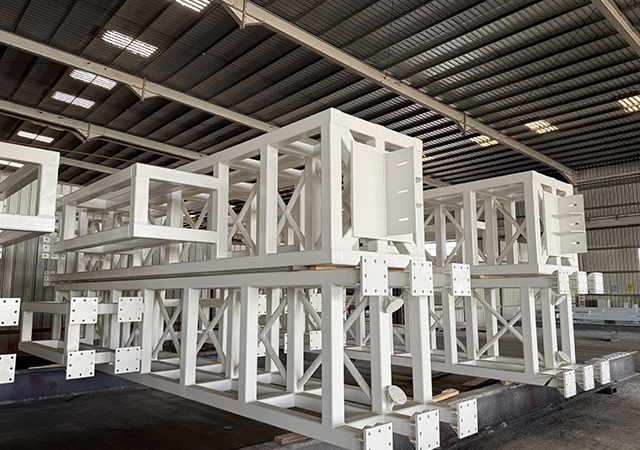





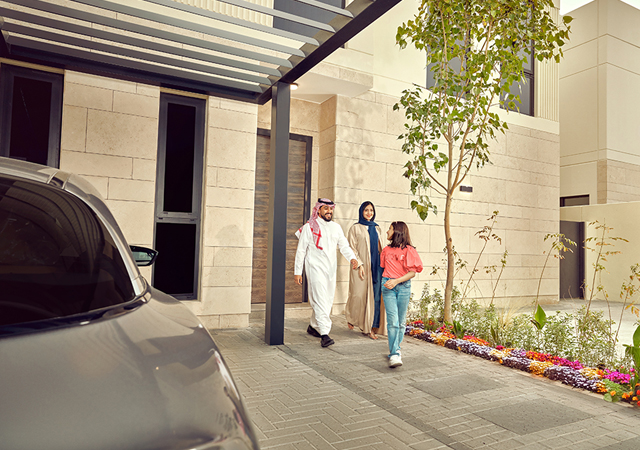
.jpg)

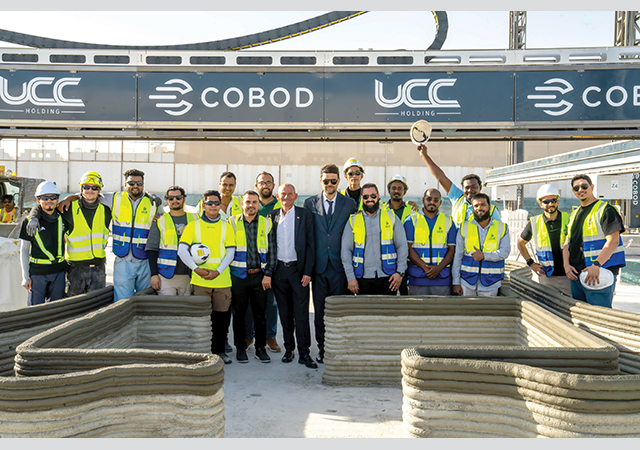
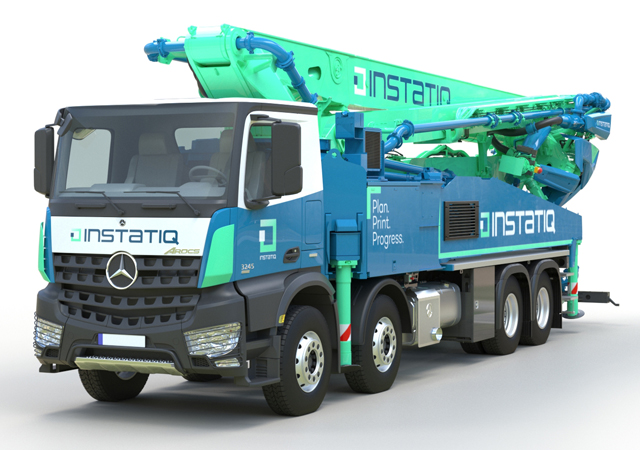


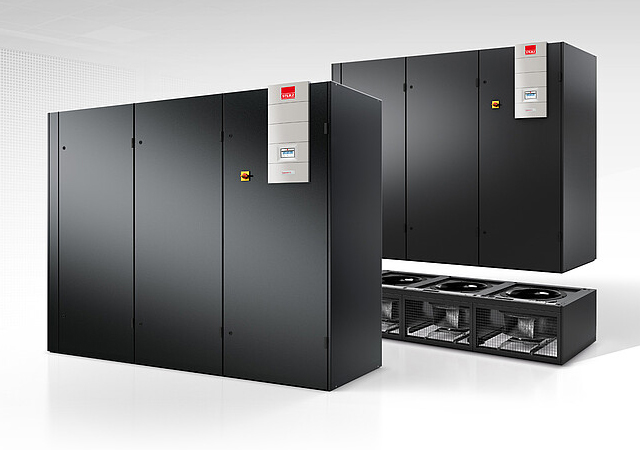
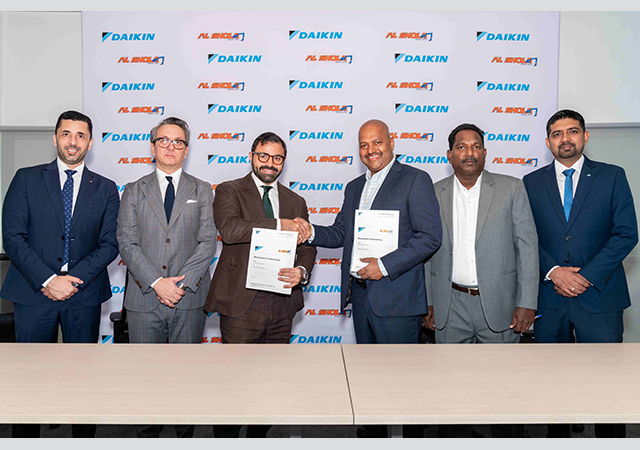

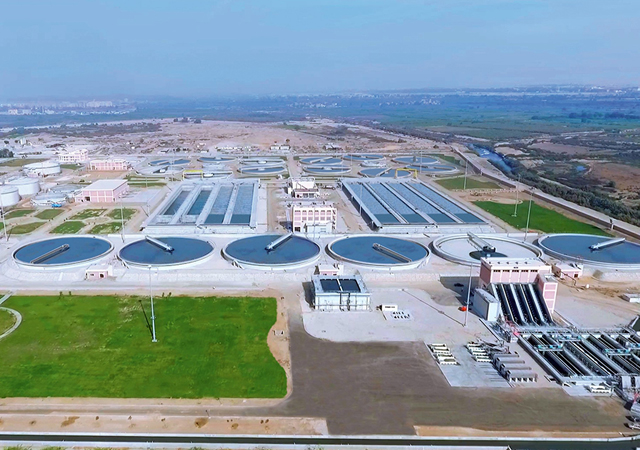






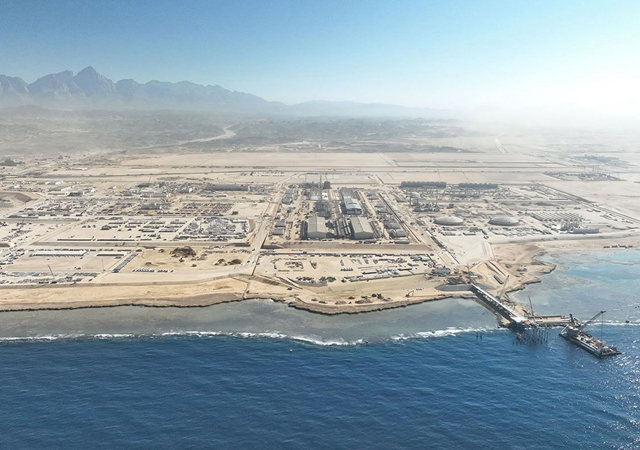
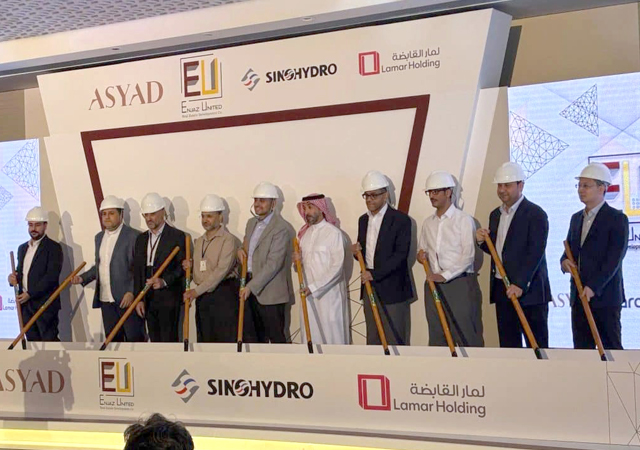

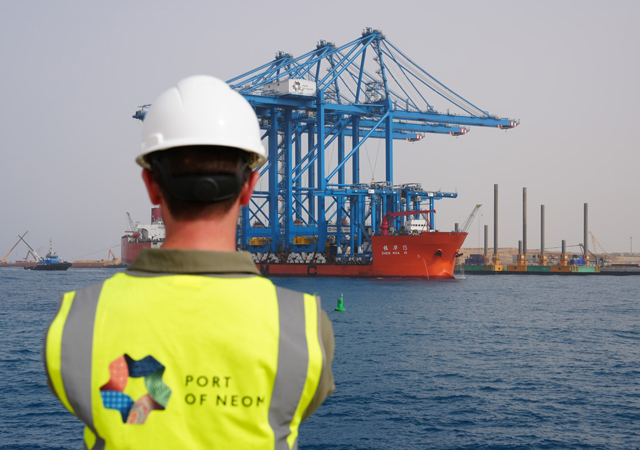

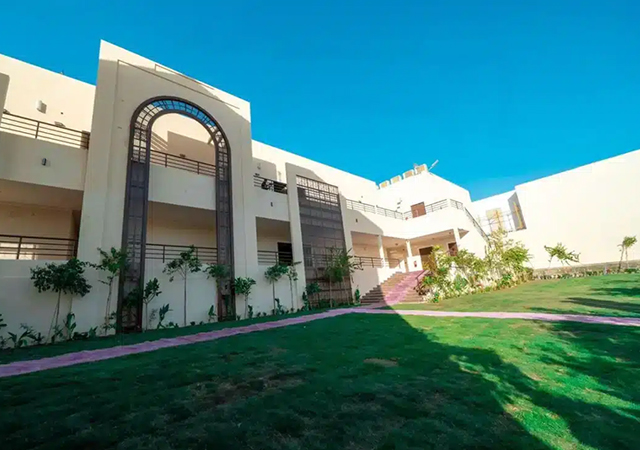

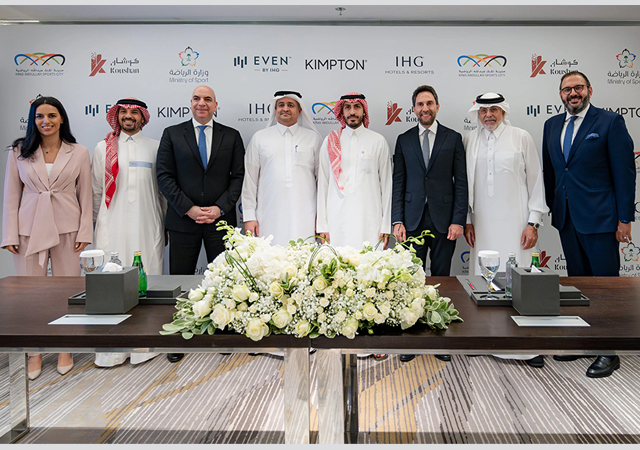













.jpg)


